Artificial intelligence, smart data, the gig economy… there’s no denying the workplace of the future is a bold new landscape, and how we respond to this as designers is an increasingly important concern.
15 years ago, the idea of everyone connected via smartphones was science fiction. In 15 years time, will we even recognise the modern office spaces and workplaces we inhabit? As technologies evolve at a rapid pace, and the ways and places in which we work respond to these technologies, how can we design for the most efficient, nurturing workplaces?
Perhaps the most noticeable change in the workplace of tomorrow will be the blurring of the lines between technology and smart devices. Sensors and speech recognition software will transform your workplace day-to-day administration – transcribing meetings, scheduling calls, responding to routine emails etc., will free up time for more engaging work.
The design experts at Steelcase have got their eyes firmly on the future and how these possible scenarios will affect the future of work. Steelcase’s Foresight Practice is modelled after a design thinking process developed by the Institute for the Future, the world’s leading non-profit strategic futures organisation. Using this, the future-oriented thinkers at Steelcase analyse and forecast how certain signals of change in the marketplace today can frame future states. It’s this future looking philosophy, backed with data, which drives the design ethos of the brand, and has become part of the Steelcase culture of design thinking.
Innovative thinking and considered employment of technology are design favourites at Indesign, and the award-winning Steelcase has these in droves. One feature that caught our eye was the Steelcase Workplace Advisor Subscription service. The service sees sensors installed in a workplace, which then sense and analyse how, when and why people use spaces. The results are then presented in an intelligent dashboard that reveals how to best create the ideal workplace to support people and work.
This employment of modern, smart technology in the traditional space of an office environment is a step forward for anyone looking to stay ahead of the curve when it comes to the workplace of the future. Not only is it a practical solution for open and busy office environments, but the notion of caring about how technology can best be utilised for efficiency and productivity is a great mentality to adopt as the traditional workspaces change to the modern, smart space.
Many questions about the future of office design are still unknown. The specificity of exactly how virtual reality, holograms, bots and truly cloud computing will change the day-to-day workspace isn’t entirely known yet. But adopting considered design choices and smart integration of technology where possible is one way to future-proof your workplace in the rapidly evolving landscape.
Read all about the future of the workplace in issue 74 of Steelcase’s 360 Magazine.
INDESIGN is on instagram
Follow @indesignlive
A searchable and comprehensive guide for specifying leading products and their suppliers
Keep up to date with the latest and greatest from our industry BFF's!
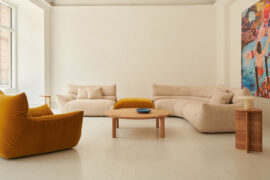
A curated exhibition in Frederiksstaden captures the spirit of Australian design

A longstanding partnership turns a historic city into a hub for emerging talent

Gaggenau’s understated appliance fuses a carefully calibrated aesthetic of deliberate subtraction with an intuitive dynamism of culinary fluidity, unveiling a delightfully unrestricted spectrum of high-performing creativity.
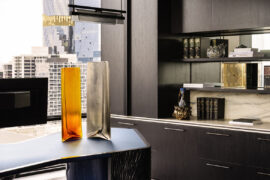
Mim Design and Konstance Zaharis collaborate to design an interior for a unique context: the chambers of a King’s Counsel in Melbourne.
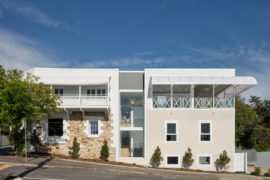
Jesse Lockhart-Krause, Director of Lockhart-Krause Architects, tells us about a storied building in Queensland that has now become a functional workplace for a therapy centre.
The internet never sleeps! Here's the stuff you might have missed
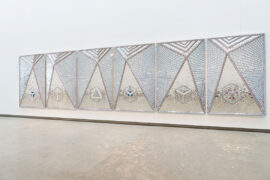
Wonderstruck is currently on view at the Queensland Art Gallery | Gallery of Modern Art (QAGOMA), an exuberant statement of flamboyant possibilities.
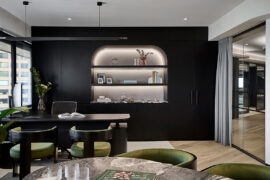
Setting the tone for McCormack’s HQ is Elton Group’s Eveneer WoodWall and Eveneer Raw in Ravenna – wrapping walls, ceilings and bespoke joinery in a dark, matte elegance. The seamless pairing delivers a cohesive, high-performance finish that anchors Studio 103’s luxurious, hotel-inspired workplace design.